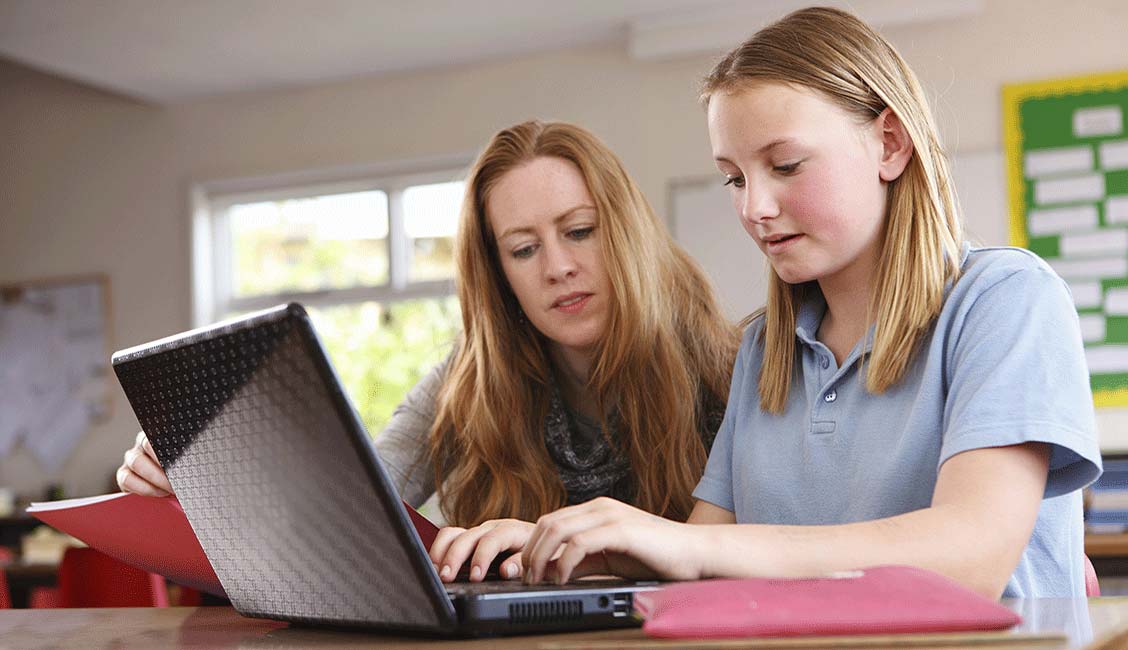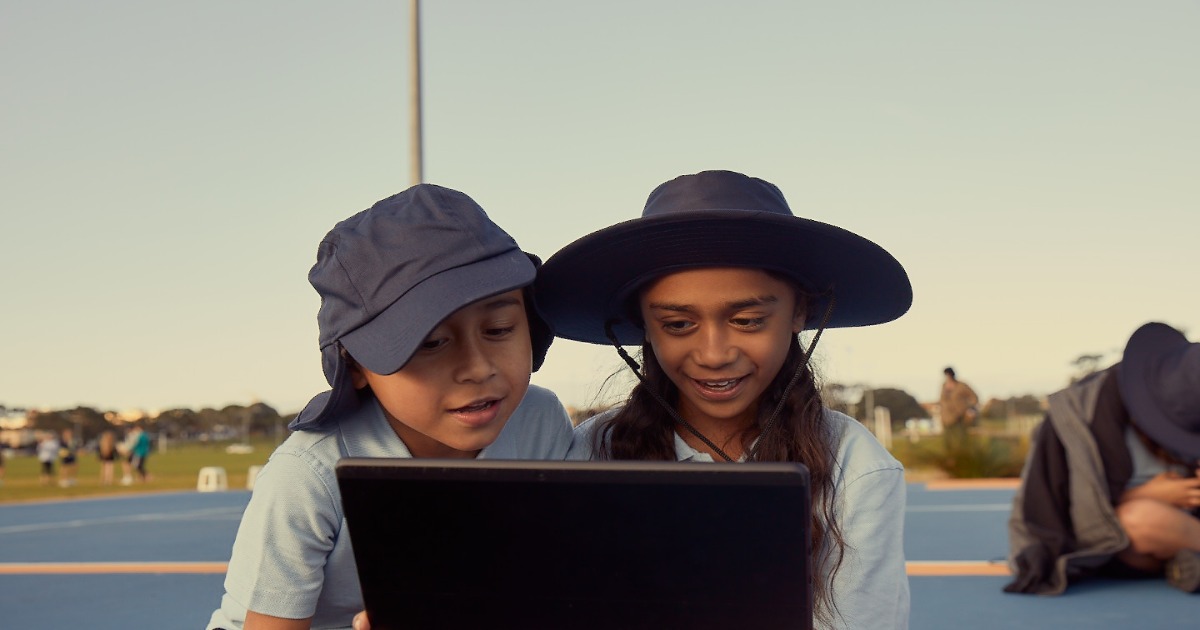Article content
As the South Australia Department for Education has rolled out Telstra fibre across the state, benefits large and small have shown the power of quality connectivity.
Delivering a fibre-optic broadband network to public schools across South Australia has obvious benefits when considered as a government education project. And reaching over 500 schools in just 18 months is an impressive technical feat. But for Scott Bayliss, CIO of the South Australia Department for Education, few stories demonstrate the network’s value better than when one young girl discovered a passion for turtles.
“The Principal of Koonibba Aboriginal School got in touch to tell me about the impact the new connection is having. She told me about a girl in year four using an iPad that was connected to the internet for the first time,” says Bayliss.
“The student couldn’t contain her excitement and came running up to the Principal to say ‘look, this is what the Great Barrier Reef looks like! I’ve never seen it before.”
“A week later the young student had done a project – off her own bat – on turtles, because she became fascinated with them.”
For Bayliss, the story is a prime illustration of what fibre will deliver best: equity.
“The schools will have what they need, when they need it, at the speed they need it regardless of their location,” he says. “Rolling out a cable to 517 sites is not exciting to me until you focus on the impact it will have.”
“Why can’t a student in a far remote school be taught by the best teacher for them from anywhere in the state? In fact, anywhere in the world?”
Alongside a parity of access for schools across the entire state, whether in urban or regional areas, Bayliss notes that feedback is not coming back in the form of speed or specification, but in the idea that there is now a real confidence in what the digital tools can do for students everywhere.
“At the most basic level it’s the reliability of the new connections that make teachers feel confident embedding digital tools and methods into their teaching,” says Bayliss.
“Students would open their Chromebooks and the first thing it does is sync everything into the cloud. That used to stop the whole school.”
“With enterprise-grade, symmetrical fibre it is streaming, nothing has to pause. These are things we didn’t really plan for, but they’ve made a huge difference to schools.”
Bayliss also speaks of the importance of giving staff the right digital capabilities to allow them to do their jobs more effectively regardless of where they work.
He says, “having stable high-speed connectivity allows us to provide our staff with the contemporary, cloud-based tools that are accessible from anywhere. If we can save schools two hours a week by digitising some administrative processes, that’s two hours extra you can focus on leadership if you are a principal, or two hours extra you can spend in front of your students if you are a teacher.”
Remote Opportunities
During the pandemic, while South Australia’s schools remained open and most students were able to attend, some vulnerable students needed to participate in lessons from home. With the fibre foundations in place, Bayliss says that over 50,000 classroom sessions have been conducted online over recent months – something that would have been impossible without the improved connectivity the Telstra fibre has delivered.
“In the ICT Services division, we see ourselves working as an extension of every school, in support of very school,” says Bayliss.
“Despite what is happening around the world and how disastrous it is, we see this as an opportunity to really embed digital into everything we do.”
Using a technology mix of Microsoft Teams and Cisco Webex to keep classrooms connected, and Citrix technology for remote network access for department staff, a survey of schools still uncovered a need to help thousands of families without internet at home. Telstra worked with Bayliss’s team to deliver wireless connectivity to these students to ensure uncompromised access to education.
With everyone connected, additional gains have appeared across the state. The new broadcast capacity that the fibre connections enable have meant parent-teacher interviews, school assemblies and important health updates for teachers could all happen online.
“Communication has been really important during the pandemic,” says Bayliss. “We have paid close attention to how these new ways of working can benefit teachers and students longer term.”
In South Australia, government schools are part of partnerships that cover multiple schools and preschools in a geographical location. In regional areas, there are significant distances between sites in a partnership. Each partnership holds regular meetings throughout the year and until now, they have been held in person.
“Travel time is a big issue for regional school leaders but thanks to improved connectivity and the need to adopt new ways of working in response to COVID-19, these meetings can now take place online. Partnerships can continue to meet online when it suits them to do so because they can rely on the speed and quality of their internet.”
“As part of celebrating the 500th school being connected to fibre, we set up a Microsoft Teams meeting between a metropolitan school and a school about 120km outside the city for a media event,” Bayliss says. “Since that day, those two schools have stayed in touch, developed relationships and now regularly connect to learn from each other online.”
Trusting People, Trusting Partners
With the technology in place, a traditional rollout approach would be conducted slowly to ensure everyone was trained in the use of new systems and new technologies. Having to get everyone up to speed fast, Bayliss feels this has been an example of having faith that your team can tackle the challenge if shown they’re being trusted to do so.
“Because of the pandemic, we had to throw technology at tens of thousands of staff and hundreds of thousands of kids, without any change management processes,” he says. “They’ve done well! It might have taken us two years to do what we did in two weeks here.”
“A big lesson is letting people work some stuff out for themselves rather than waiting months or years to roll out, because they’re missing out on significant benefits until we do it.”
While you can’t truly plan for a pandemic, Bayliss’s focus on getting the ICT foundations rolled out quickly has paid off and helped enable continued excellence in education over recent months.
“Had we not done that foundational work, we would have been in a world of pain,” he says.
“I came to the Department for Education to look at how virtual reality, augmented reality, AI, big data, all of that can help students learn better. You can’t do that without the right foundations.”
“What we have achieved with Telstra during this COVID-19 period is really special and was only possible because of the relationship that we have established. Outcomes like these can only happen when you develop deep and long-term relationships with your external providers. We know we can hit the ground running with Telstra.”

